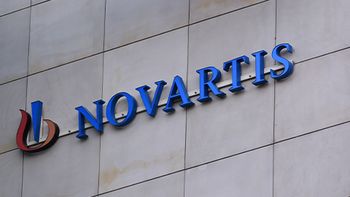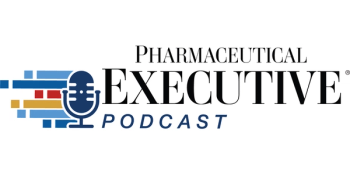
Asembia 2025: Rethinking the Drug Distribution Process
A panel of experts examines how stakeholders can support strategies that improve patient outcomes, while also navigating various distribution models.
The final day of education at Asembia’s AXS25 Summit kicked off with a multitude of early morning sessions, including one focused on “Beyond Limits: Rethinking Drug Distribution to Drive Patient-Centered Care.”
Led by Mike Reff, RPh, MBA, executive director and founder of NCODA (Network for Collaborative Oncology Development & Advancement), he was joined by the esteemed panel of Desi Kotis, BSPharm, PharmD, FASHP, chief pharmacy executive, UCSF Health; Frank Scimeca, PharmD, MBA, BCOP, vice president of pharmacy services, Florida Cancer Specialists & Research Institute; Kirollos Hanna, PharmD, BCPS, BCOP, FACC, FAPO, director of pharmacy, Minnesota Oncology; and Jill Fitch, national director of physician networks & strategic partnerships, BeOne Medicines.
The goals of the presentation were centered around:
- Outlining medically integrated care in oncology
- Introducing a framework for limited distribution models in oncology
- Discussing how partnerships can drive better patient outcomes
What is a medically-integrated team, and how does it impact patient care?
The panel defined it as a collaborative approach to cancer treatment and care management that brings together a diverse group of healthcare professionals from various disciplines. The team itself works in a coordinated manner to plan and implement the treatment and care of cancer patients, in an effort to provide comprehensive, patient-centered care.
This type of approach is believed to be quadruple-fold, improving the patient experience, improving the clinician experience, leading to better patient outcomes, and reducing costs. The intention is for all aspects of a patient’s health and well-being to be addressed.
“I really do think when we've got the patient at the center, we're all working together,” said Kotis. “Having the BeOne here as a partner, not a vendor, it's not a transactional relationship. Having all of us together, whether we need a social worker, the pharmacist, the advanced practice professional, like the nurse practitioner or the physician assistant, the physician or provider, the pharmacist, the pharmacy technician—we're all doing the same, and we're coordinating so we have one sense of the truth, including our electronic health record, our pharmacy, or our distribution out of the medical clinic, so that it is not fragmented, it's not siloed.”
Why does this conversation surrounding drug distribution matter?
Essentially, having this type of team impacts both the speed and coordination of treatment initiation, especially in oncology where time is of the essence.
“When we look at the delivery of care for cancer patients and the needs of cancer patients, I think one of the critical aspects of limited distribution models is for access to therapeutics within the medically integrated pharmacy type of setting,” Hanna explained. “It ensures that our patients get their therapy in a timely fashion and that we can intervene when needs arise for our patients … It creates an opportunity to provide more, more streamlined care, kind of continuous care.”
Collaboration among manufacturers, practices, and mail order pharmacies is necessary in order to provide streamlined access and support.
How does distribution impact patient care?
According to Fitch, providing top-quality, personalized care is essential for ensuring a smooth patient journey.
“I think the general public would be really surprised to know how much time pharma puts into putting together a distribution network. We spend months—sometimes up to a year—putting together a network of who will dispense our medication. Why do we do that? We do that because that's the first experience the patient has with the drug, and it's very important have a good, positive experience for that first dispense and along the journey.
“ … I can't speak for all of pharma, but for BeOne, we want white glove service for our patients and their journey on this medication. We take the time to train the pharmacist and the pharmacy team on dose adjustments, medication side effects, and anything that might come up, demonstrating white glove service and safety net.”
The value of partnership
Of course, partnership is extremely valuable in all types of medical care, but when it comes to oncology, it’s able to ensure seamless patient access to life-saving medications; optimize patient outcomes via proactive engagement and communication; break down silos between oncology practices, mail order pharmacies and industry; identify actionable solutions for both community and academic oncology settings; and improve coordination across different drug distribution models.
Reference
Reff M, Kotis D, Scimeca F, Hanna K, Fitch J. Beyond Limits: Rethinking Drug Distribution to Drive Patient-Centered Care. April 30, 2025. Asembia AXS25 Summit. Las Vegas.
Newsletter
Lead with insight with the Pharmaceutical Executive newsletter, featuring strategic analysis, leadership trends, and market intelligence for biopharma decision-makers.




